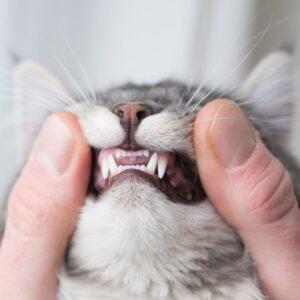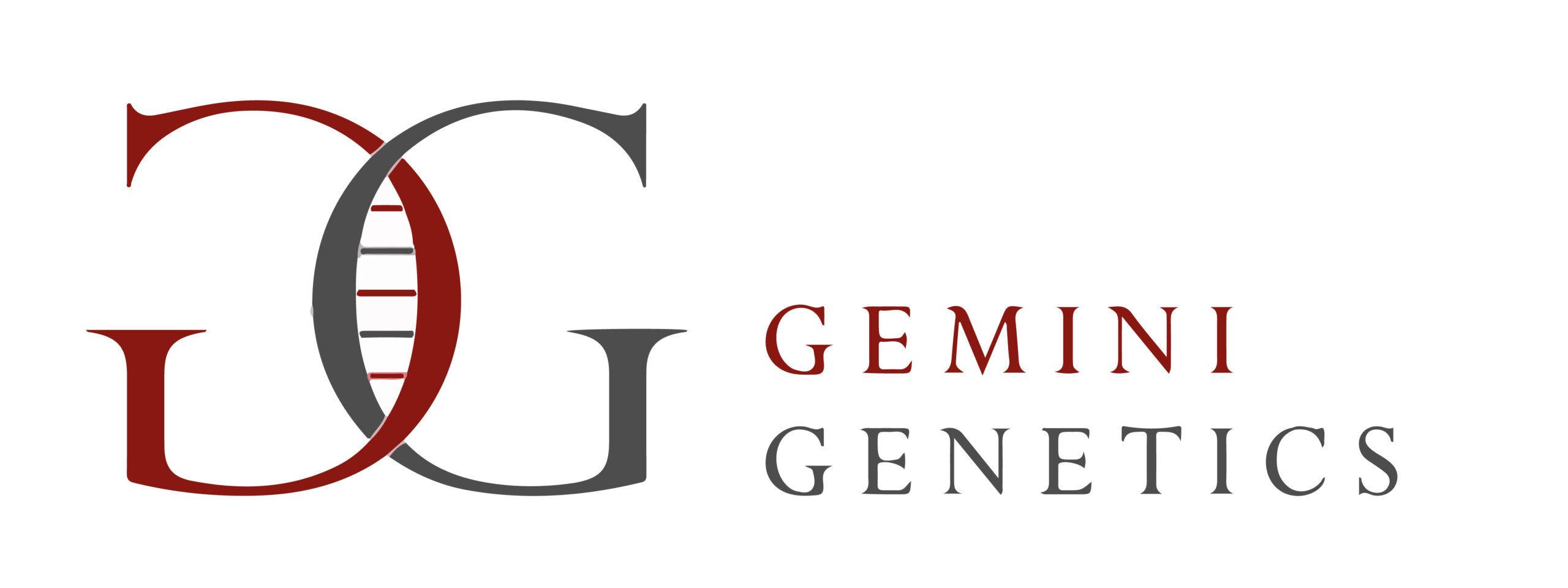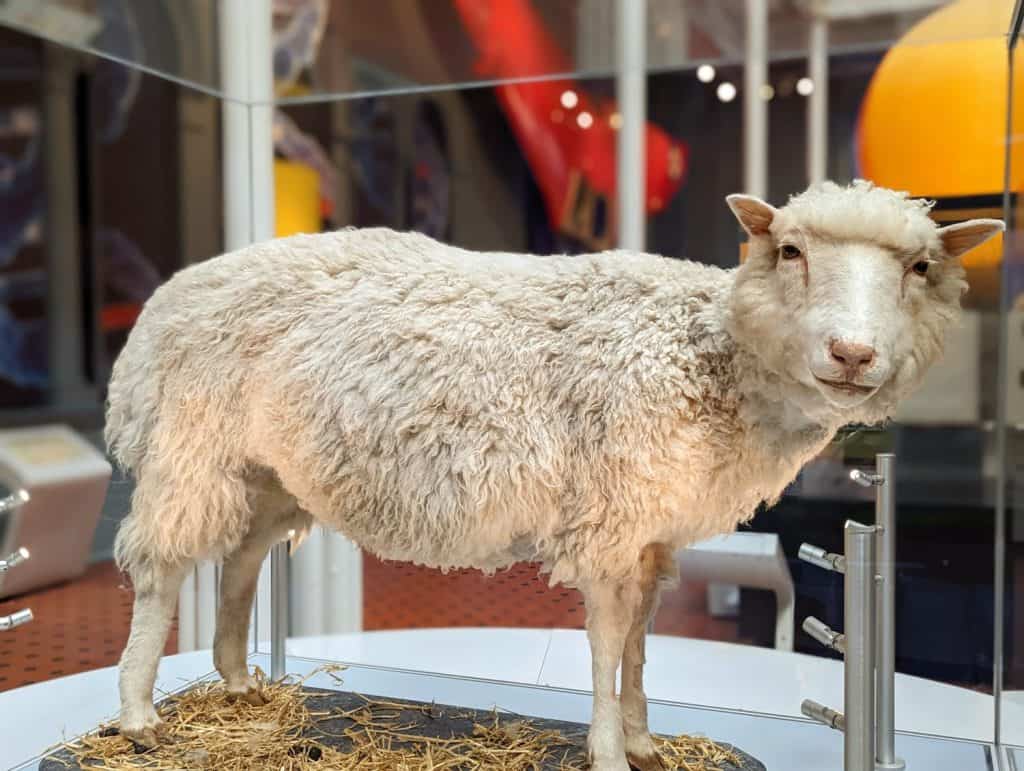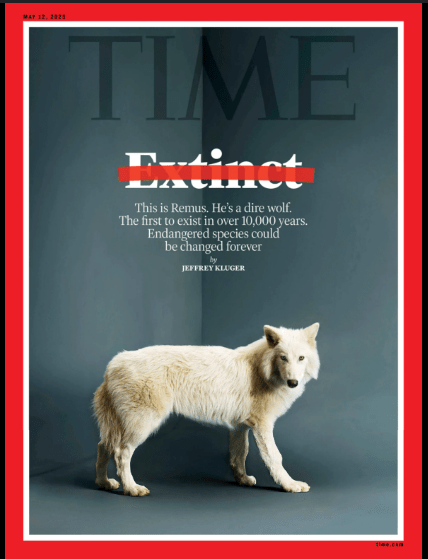Dolly The Sheep - Pioneering the Future of Cloning In the annals of scientific breakthroughs,…
Can I Clone From Hair And Teeth?

Can I clone my pet using a hair or tooth sample?
A question we often get at Gemini Genetics is “Can I clone my pet using a hair or tooth sample?”. The idea of cloning from hair and teeth is a common one, especially given many people keep some of a pet’s hair as a keepsake. In this blog, we will explain the science behind the samples we use for successful cloning.
Is It Possible?
When it comes to cloning from hair and teeth, the answer is straightforward: unfortunately, these samples are not suitable for cloning. The process of cloning relies on living, intact cells that contain the full genetic profile of your pet. Hair and teeth, while retaining a sentimental value for owners, simply don’t contain the right type of cells needed for cloning. Let’s break down why cloning from hair and teeth isn’t possible:
Hair: Once hair grows out of the follicle, it is made of keratin and no longer contains living cells. Even if the root is attached, the cells are generally not viable for cloning.
Teeth: Teeth are made of hard, mineralised tissue and, like hair, do not retain the living, regenerative cells necessary for cloning.
Despite how common this question is, the science is clear: unfortunately these samples do not provide the living cells needed to start the cloning process. At Gemini Genetics, we want to make sure you have the best chance of success, so we only work with samples that are proven to work in the lab.
What Samples Can Be Used For Cloning?
Since cloning from hair or teeth is not possible, what kind of samples can be used? For cloning to work, we need a small piece of skin containing living fibroblast cells. These cells are ideal because they contain your pet’s complete genetic profile and can be reliably cultured in the lab.
Here’s what we recommend:
Skin Biopsies, for post-mortem or live sampling (upon veterinary discretion):
– For cats and dogs: 4 x 6mm biopsy punches from the inner thigh, taken by a veterinary professional.
– For horses: 4 x 6mm biopsy punches from the crest of the neck under the mane.
Ear Snips for post-mortem samples only:
– 2cm x 2cm snip from the tip of the ear, to be sent with biopsy punches as described above.
By using these tissue samples, we ensure the highest chance of success for genetic preservation and cloning. This is why we focus on skin samples rather than cloning from hair and teeth.
Why Not Blood, Saliva, or Other Samples?
Just like cloning from hair and teeth, samples such as blood, saliva or urine do not contain the necessary living cells for cloning. Only skin tissue provides the right cell type and viability for the process.
In conclusion, the idea of cloning from hair and teeth is understandable, especially when these items are often treasured keepsakes. However, for successful pet cloning, only specific tissue samples – namely skin biopsies, are suitable. If you are considering preserving your pet’s genetics, you can find more information about sample taking in our website’s Emergency tab: Emergency Cat & Dog Cloning Instructions.
To find out more about our genetic preservation and cell culture services, please consult our online company brochure.
For more information about our pet cloning partners in the USA, please visit www.viagenpets.com



